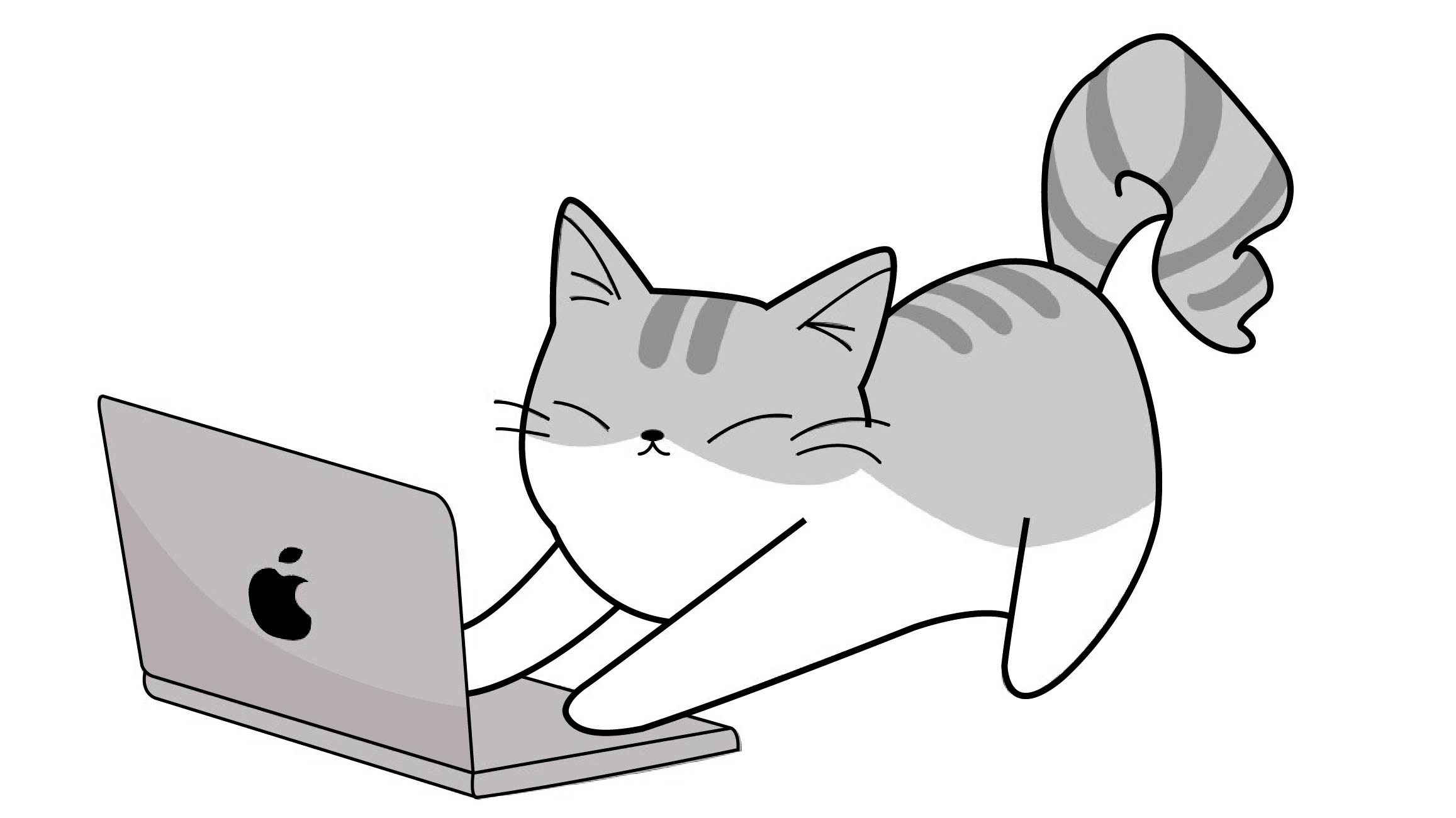Notice
Recent Posts
Recent Comments
Link
| 일 | 월 | 화 | 수 | 목 | 금 | 토 |
|---|---|---|---|---|---|---|
| 1 | ||||||
| 2 | 3 | 4 | 5 | 6 | 7 | 8 |
| 9 | 10 | 11 | 12 | 13 | 14 | 15 |
| 16 | 17 | 18 | 19 | 20 | 21 | 22 |
| 23 | 24 | 25 | 26 | 27 | 28 | 29 |
| 30 |
Tags
- Git
- 화면전환
- 글또
- 고차함수
- calendar
- apns
- http
- Refresh
- escaping
- segue
- struct
- list
- uikit
- singleton
- Animation
- ScrollView
- PushNotification
- self
- error
- array
- CoreImage
- SWIFTUI
- viewlifecycle
- SWIFT
- NotificationCenter
- mvvm
- class
- Observer
- Switch
- IOS
Archives
- Today
- Total
seong_hye, the developer
Swift) 디자인 패턴에 대해 정리하기 본문
📘Swift - 디자인 패턴
반복되는 문제를 재사용 가능한 구조로 해결해주는 아키텍처적 가이드
Swift에서 사용되는 디자인 패턴은 소프트웨어 설계의 모범 사례
iOS 앱 개발에서 특히 많이 쓰이며, Swift 언어의 특성과 잘 맞도록 함수형/구조체 기반으로도 진화해 옴
🔹디자인 패턴의 분류
디자인 패턴은 일반적으로 다음 3가지로 분류됨
| 분류 | 설명 |
| 생성 (Creational) | 객체 생성과 관련된 패턴 |
| 구조 (Structural) | 클래스 / 객체의 조합 구조를 효율적으로 구성 |
| 행위 (Behavioral) | 객체 간의 커뮤니케이션 패턴 |
🔹Swift에서 자주 사용되는 디자인 패턴
🔍 싱글톤 패턴 (Singletion)
오직 하나의 인스턴스만 존재해야 할 때 사용 (ex. 네트워크 매니저, DB 등)
class NetworkManager {
static let shared = NetworkManager()
private init() {}
func fetchData() { ... }
}
🔍 팩토리 패턴 (Factory)
객체 생성 로직을 분리해서 유연한 인스턴스 생성이 가능하게 함
protocol Animal {
func sound() -> String
}
class Dog: Animal {
func sound() -> String { "멍멍" }
}
class Cat: Animal {
func sound() -> String { "야옹" }
}
enum AnimalType {
case dog, cat
}
class AnimalFactory {
static func create(type: AnimalType) -> Animal {
switch type {
case .dog: return Dog()
case .cat: return Cat()
}
}
}
🔍 옵저버 패턴 (Observer)
객체의 상태 변화에 따라 다른 객체들이 반응하게 하는 패턴
Swift에서는 Combine, NotificationCenter, @Published, @ObservedObject 등이 해당 역할을 함
class ViewModel: ObservableObject {
@Published var count = 0
}
🔍 델리게이트 패턴 (Delegate)
책임을 다른 객체에게 위임하는 패턴
UIKit에서 가장 많이 사용하는 패턴
protocol MyDelegate: AnyObject {
func didUpdate(value: Int)
}
class Sender {
weak var delegate: MyDelegate?
func update() {
delegate?.didUpdate(value: 42)
}
}
🔍 전략 패턴 (Strategy)
알고리즘을 캡슐화해서 런타임에 선택할 수 있게 함
protocol PaymentStrategy {
func pay(amount: Double)
}
struct CardPayment: PaymentStrategy {
func pay(amount: Double) { print("카드로 \(amount)원 결제")}
}
struct CashPayment: PaymentStrategy {
func pay(amount: Double) { print("현금으로 \(amount)원 결제")}
}
class PaymentContext {
var strategy: PaymentStrategy
init(strategy: PaymentStrategy) {
self.strategy = strategy
}
func processPayment(amount: Double) {
strategy.pay(amount: amount)
}
}
🔍 MVVM 패턴 (Model - View - ViewModel)
SwiftUI와 가장 궁합이 잘 맞는 구조
- Model : 데이터 / 비즈니스 로직
- ViewModel: 상태 / 로직을 가공해 View에 전달
- View: 화면
// Model
struct CounterModel {
var count: Int
}
// ViewModel
struct CounterViewModel: ObservableObject {
@Published private var model = CounterModel(count: 0)
var countText: String {
"현재 숫자: \(model.count)"
}
func increment() { model.count += 1 }
func decrement() { model.count -= 1 }
func reset() { model.count = 0 }
}
// View
struct ContentView: View {
@StateObject private var viewModel = CounterViewModel()
var body: some View {
VStack(spacing: 20) {
Text(viewModel.countText)
.font(.largeTitle)
HStack {
Button(" + ") {
viewModel.increment()
}
Button(" - ") {
viewModel.decrement()
}
Button(" reset ") {
viewModel.reset()
}
}
}
.padding()
}
}🔹디자인 패턴 사용 시 유의점
| 포인트 | 설명 |
| 구조체 중심 사고 | 클래스를 꼭 쓸 필요가 없을 땐 struct 우선 고려 |
| 값 타입 vs 참조 타입 | 상태 공유가 필요 없으면 struct, 필요하면 class 사용 |
| Combine / Swift Concurrency | 옵저버 / 리액티브 패턴은 Combine이나 async/await로 대체 가능 |
| 간단한 건 함수로 | 전략 패턴 같은 건 클로저로 대체 가능 ( () -> Void ) |
'IOS' 카테고리의 다른 글
| iOS) SwiftLint는 무엇일까? (0) | 2024.03.17 |
|---|---|
| Design) MVVM으로 넘어가는 이유가 뭘까?( vs MVC) (0) | 2024.01.21 |
| Swift) 구조적 특징에 대해 알아보기 (0) | 2022.12.16 |
| Swift) 동기 vs 비동기에 대해서 알아보기 (0) | 2022.11.10 |
| Swift) StateObject, ObservableObject, EnvironmentObject (0) | 2022.11.02 |
Comments


